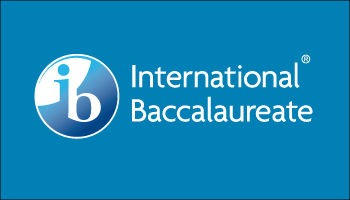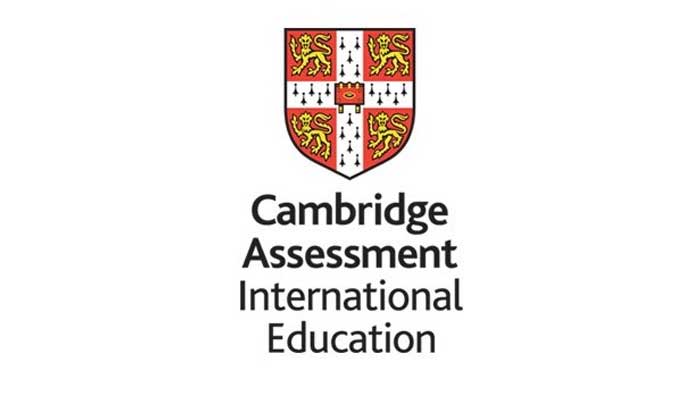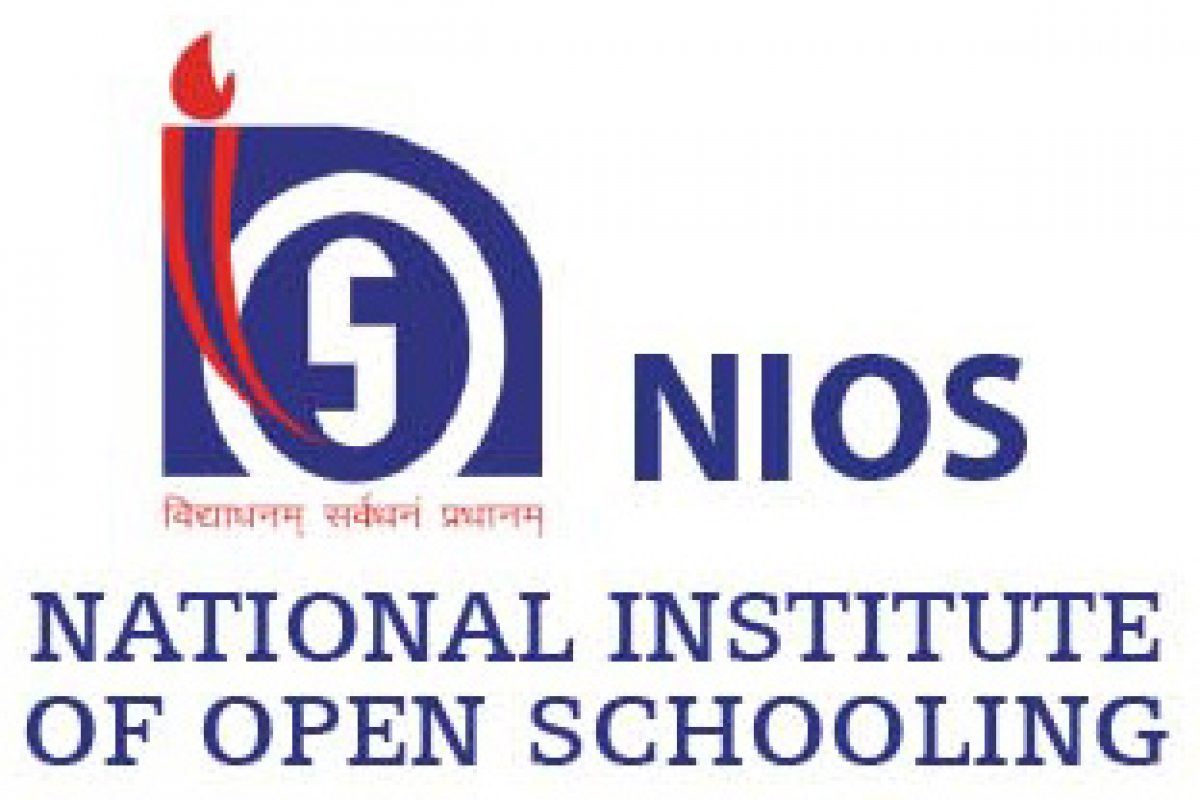
With each passing day, it’s getting challenging to decide the right education board for yourself or your child. With the overwhelming amount of information available all across the internet, it is becoming a confusing task to understand the motive behind each curriculum and then choose the right one that fits the goals of the student.
We understand your concerns, and hence we have decided to curate an entire article explaining and briefing the major education boards in India. At the end of the article, you will be able to differentiate between all of them and will be able to comprehend the best one for you. It’s all in one place, hence easy to access, and you can refer to this article time and again without getting overwhelmed.
So grab your pen and paper to jot down the main points, and let’s get started!
 Introduction To CBSE
Introduction To CBSECBSE, also known as the Central Board of Secondary Education, was established in 1962. With its headquarters located in New Delhi, CBSE grants affiliations to both public and private schools and conducts the annual examinations for Grade 10 known as The All India Secondary School Examination (AISSE) and for Grade 12 known as the All India Senior School Certificate Examination (AISSCE).
CBSE is known for its major focus on Math and Science and hence it is considered the most suitable for students who aspire to study engineering and medicine after school. Over the years, CBSE curriculum has brought in progressive steps like the introduction of Continuous Comprehensive Evaluation (CCE) for grades 6 to 10.
This is aimed to test students throughout the year rather than conducting a single exam at the end of the year. CCE also helps provide a balance of projects and assignments across subjects with a focus on collaboration for projects and research work, and equity between scholastic and co-scholastic areas to encourage student participation.
It further encourages an objective judgment on the part of the teacher with continuous interaction with parents to report student progress.
The subjects offered in Grade 9th and 10th (AISSE) are Science, Mathematics, Social Science, Health & Physical Education, Art Education, and two languages. The subjects offered in Grade 11th and 12th (AISSCE) are the three subject streams named Science, Commerce, and Humanities combined with Health & Physical Education, General Studies, and Language.
The grading system in Class 10th is based on a 9-point grading system. The grades are classified as A1, A2, B1, B2, C1, C2, D1, D2, and E. The grading system in Class 12th is based on 5-subject marking. Students are evaluated for a total of 500 with 100 marks for each subject. The practical subjects like Physics, Chemistry, Biology, Geography, etc. have 70 marks for theory and 30 marks for practical.
The CBSE curriculum is widely based on NCERT which is used as a backbone while setting entrance exams like IIT JEE, VITEE, BITSAT, and other engineering examinations as well as for Commerce and Humanities college entrance because of its focus on logical reasoning and analytical skills. CBSE awards marks in a less restrictive manner making it easier for students to get into top colleges like those in Delhi University, IITs (for better screening chances), BITS Pilani, and other top private colleges like Ashoka, SRM, etc.
 Introduction To CISCE
Introduction To CISCEEstablished in 1958, CISCE also known as The Council for the Indian School Certificate Examinations is a national-level private board. It conducts examinations for Grade 10, called the Indian Certificate of Secondary Education (ICSE), and for Grade 12, called the Indian School Certificate (ISC).
CISCE initially began as an alternative to the American and the British systems but evolved into a comprehensive education system laying more emphasis on practice than theoretical knowledge. In addition, the C.V.E., also known as the Certificate of Vocational Education Examination has been incorporated as an examination for candidates who seek specific vocation.
The CISCE curriculum is known to have a broader focus on Maths and Science. Although, it offers an equal preference to Arts, Languages, and Humanities as well. The CISCE curriculum enables a child to pose questions by offering an experiential approach to learning and thus broadening their understanding.
The immense focus on English trains CISCE students for competitive examinations like TOEFL and IELTS. All the ICSE and ISC candidates must study the prescribed plays, poetry, and prose by Shakespeare. A heavy weightage is given to project work, research, group assignments, and internal assessments thus boosting a student’s practical learning.
ICSE curriculum is applied for Grade 9th and 10th. There are a total of three subject groups offered (discussed in our next blog) for the students to choose their subject from. 80% and 20% weightage is provided to external and internal exams for Group 1 and Group 2 subjects while 50-50 weightage applies to Group 3 subjects.
SUPW and Community service activities are further assessments covered in this curriculum. The minimum pass percentage for any student writing the ICSE exam is 33% for each subject.
Subjects can be chosen as per the selected stream of Science, Commerce, and Humanities. Physical Education, Language, and SUPW are the additional components of this curriculum. As per the revised marking scheme of 2020, the ratio of marks between theory exam and practical exam is 70:30 respectively.
Also, both the papers (theory and practical) will be held for a duration of three hours for Computer Science, Fashion Designing, Physical Education, Indian Classical & Western Music. The minimum pass percentage is 35% for each subject in the ISC exam.
Each state in India has its Board of Education and there are over 52 such sanctioned State Boards in the country with a state having more than one sanctioned state board. The largest proportion of schools in India are affiliated with State Boards.
Usually, the boards differ in their approach towards education, but subjects remain more or less the same in the vernacular language. The UP state board is the oldest board and the state boards of Maharashtra, West Bengal, and Andhra Pradesh have a good reputation.
Some of the unique qualities that set the State Boards education stand apart are
Most of the state boards hold exams at Grade 10 and 12 whereas a few conduct exams at the primary and mid-level as well. However, the marking and assessment of exams vary by each state in terms of strictness. For example – a high score of 90% on the AP board is equivalent to 75% on the UP board.
However, state boards offer a restrictive view of education and thus it may seem outdated to many. To address this issue, education boards across the country are bringing in progressive measures to stay relevant and ahead of the pack. The recently launched Maharashtra International Education Board (MIEB) is all set to cater to non-English medium schools to provide global education to local students.
 Introduction To IB
Introduction To IBInternational Baccalaureate (IB) is one of the major International curricula offered in the country through its web of over 190 schools across India. The IB system started in 1968 and is a well-recognized educational board.
IB has a set of clearly defined academic programs for students of all age groups namely the PYP (Primary Years Programme), MYP (Middle Years Programme), and the IBDP (IB Diploma Programme). The IB curriculum is known for its holistic approach.
It not only educates but also empowers students to develop skills that will help intellectual, personal, emotional, and social skills to live, learn and pursue work in a rapidly globalizing world. The PYP (Primary Years Program) is offered to students from Kindergarten to Grade 5. However, we will not be touching this program as of today.
MYP is offered to students from Grade 6 to Grade 10. In Grade 9 and 10, students can choose one subject from each of the six subject groups (discussed in our next blog). Each year, students in the MYP also engage in at least one collaboratively planned interdisciplinary unit that involves at least two subject groups.
Also, there is one e-assessment for Interdisciplinary learning. This unit helps students in forming connections between the various subjects that they are studying and inflame their learning development.
Another important feature of the MYP curriculum is the long-term project which every student is required to complete. When students start this project, they decide what they want to learn about, identify what they already know, and calculate what more they need to know to complete the project.
IB has a Point-based grading system. Students have to give 2-hour on-screen examinations for four subject groups. The students also need to submit two e-portfolios. One e-portfolio in language acquisition and the other from any one of the following: Design, Arts or Physical and Health Education.
For MYP Assessment and Grading, every subject is divided into 4 ‘Objectives’ and for every Objective, the attainment value is 1 to 8. Thus in every subject, a maximum of 32 attainment points can be earned, which are then converted into grade points 1-7 for that particular subject.
Total grading is based on: 5 e-assessments + 2 e-portfolios + 1 personal project = 8 items to be graded. So 8 multiplied by 7 (the maximum grade), gives 56. If a student seeks a formal qualification at the end of the MYP program, they would have to take the e-Assessments after which they can receive the IB MYP certificate.
DP is offered for students in Grades 11 and 12. Here again, the student needs to single out one subject each from six IB standardized subject groups. The total score that a student can get in an IB Diploma is 45. The maximum points for each subject are 7. That makes the total score 42.
The Theory of Knowledge (TOK) and Extended Essay (EE) components are awarded individual grades and, collectively, contribute up to 3 additional points. The remaining elements like DP Core, Creativity, Activity, Service, do not contribute to the total points but authenticated participation is a requirement for the award of the diploma.
Students need to score a minimum of 24 points to get an IB Diploma. In case the student fails to do so or fails to submit the TOK, EE, or the CAS but meets the minimum score requirement of 24 points she/he will receive the IB Certificate instead of the IB Diploma. For More Details, Visit https://www.ibo.org/
 Introduction To CAIE
Introduction To CAIECambridge Assessment International Education is unique in its approach. It offers holistic education by arming students through in-depth subject knowledge and problem-solving ideology as well as building critical thinking, independent thinking, and decision-making skills in the process.
CAIE is currently being offered in over 420 schools in India. It offers IGCSE and GCE O-Levels for Class 10 and CIE – A-Levels for Grade 11 and 12.
IGCSE or International General Certificate of Secondary Education is a world-known curriculum for Grade 9 and 10. There are over 70 subjects offered under five subject groups. The students have to take a minimum of 5 subjects from these five subject groups.
They can also opt for 7 subjects for ICE certification. To take into account differing abilities, there is a choice between Core and Extended curriculum papers in some subjects. The Core curriculum is within the ability range of a large majority of students. It provides a full overview of the subject and is targeted at students expected to achieve grades C to G.
The Extended curriculum has been designed for the more academically able. It is targeted at those expected to achieve grades A* to E. Cambridge IGCSE assessment takes place at the end of the course and can include written, oral, coursework, and practical assessment.
Cambridge GCE O-Level is an internationally recognized qualification equivalent to Cambridge IGCSE but comparatively less stringent. The Cambridge O Level curriculum enables teaching to be placed in a localized context, making it relevant wherever you teach it. You can choose from more than 40 subjects in any combination. Students have to choose 7 subjects from the same five subject groups. Each subject is assessed on a scale of 6 grades, A* to E.
The Grade 11 and Grade 12 curriculum under Cambridge is referred to as A-Level. There are over 70 subjects to choose from in Grade 11 i.e. the AS level and 55 subjects in Grade 12 i.e. the A2 or A-Level which can be altered in any combination by the school. The subjects offered in the A-Levels are categorized under four subject groups (discussed in our next blog).
Each subject is awarded grades separately. At the AS level, the grades start from A to E. Each subject is graded separately and Grade Point Average is calculated. At the A2 level, there are 6 grades overall, starting from A* to E, where A* is the highest.
Grades are awarded only for subjects that candidates pass. If students secure less than 40%, their papers are ungraded and they have to retake the paper. Cambridge AICE Diploma is the group award of the Cambridge International AS and A-Level. For More Information, Visit https://www.cambridgeinternational.org/.
 Introduction To National Institute of Open Schooling (NIOS)
Introduction To National Institute of Open Schooling (NIOS)The National Policy of 1986 paved a way for establishing the NIOS having its independent curriculum and examinations. The NIOS offers extended learning opportunities for learners from school till the pre-degree level.
The NIOS comprises of the following programs in the Open and Distance Learning Module (ODL):
NIOS has emerged as one of the largest Open School Systems in the world with a current enrolment of about 2.71 million students. For More Information, Visit https://www.nios.ac.in/.